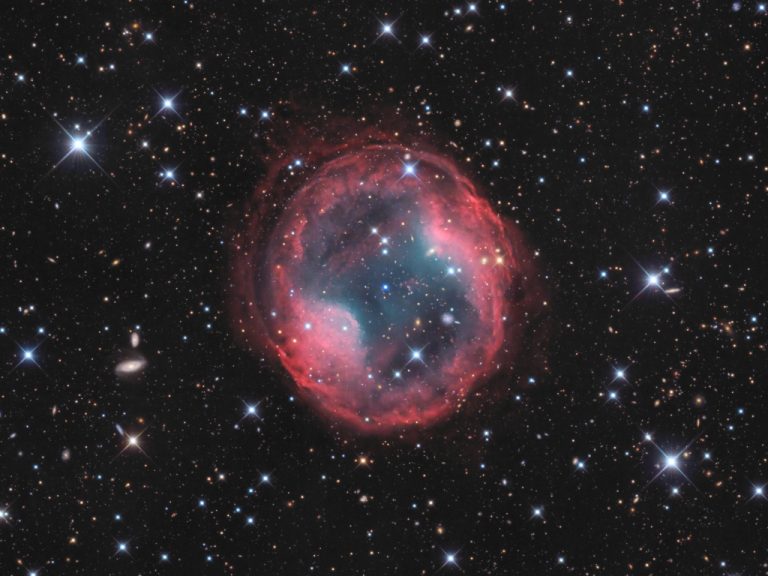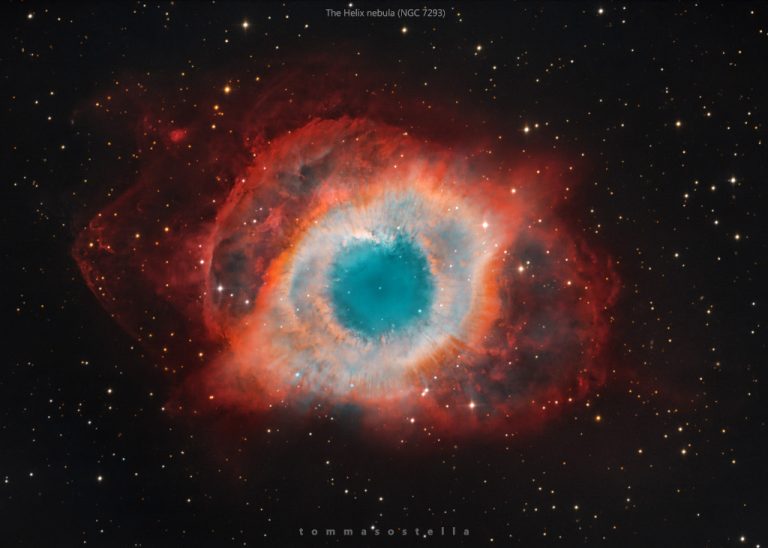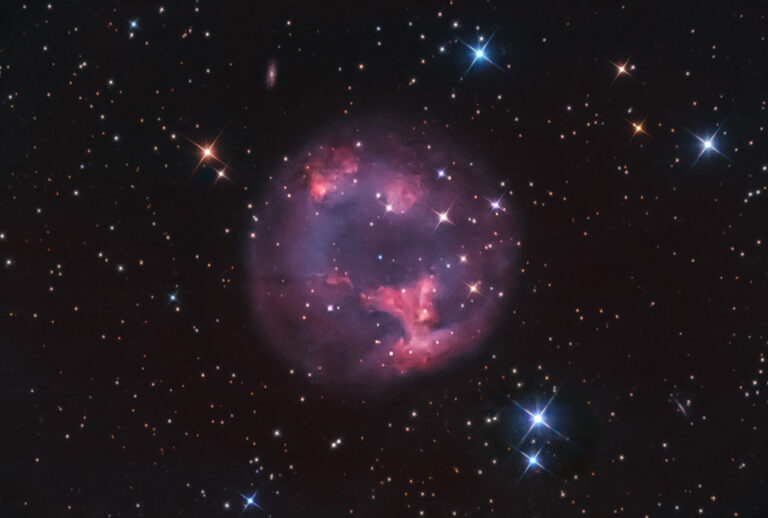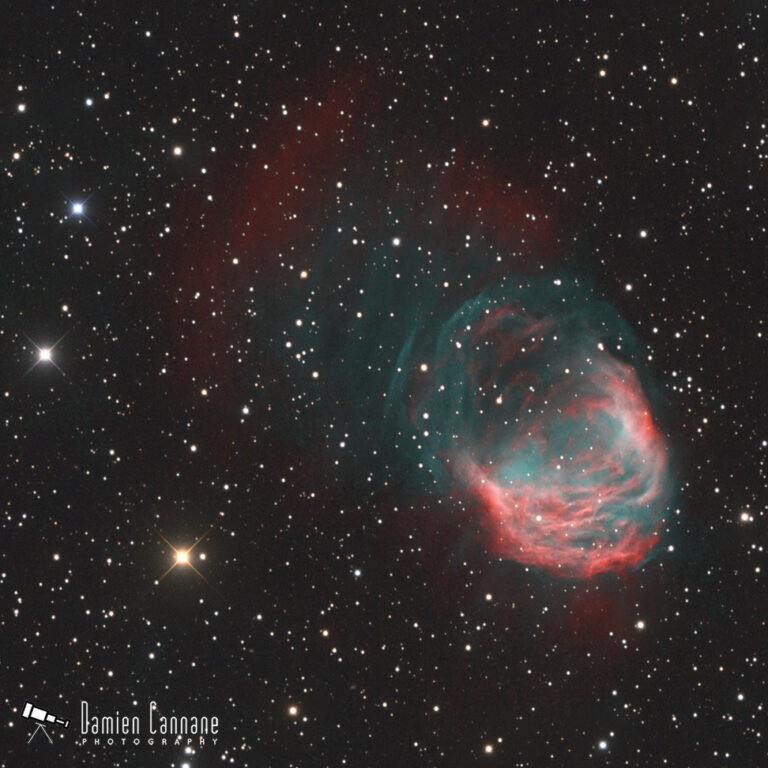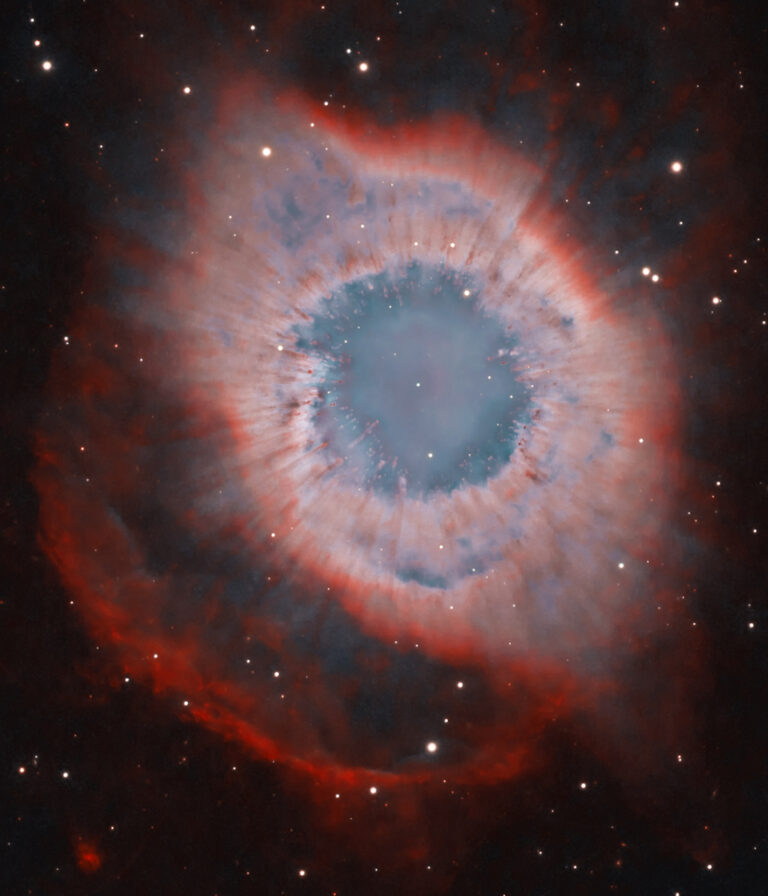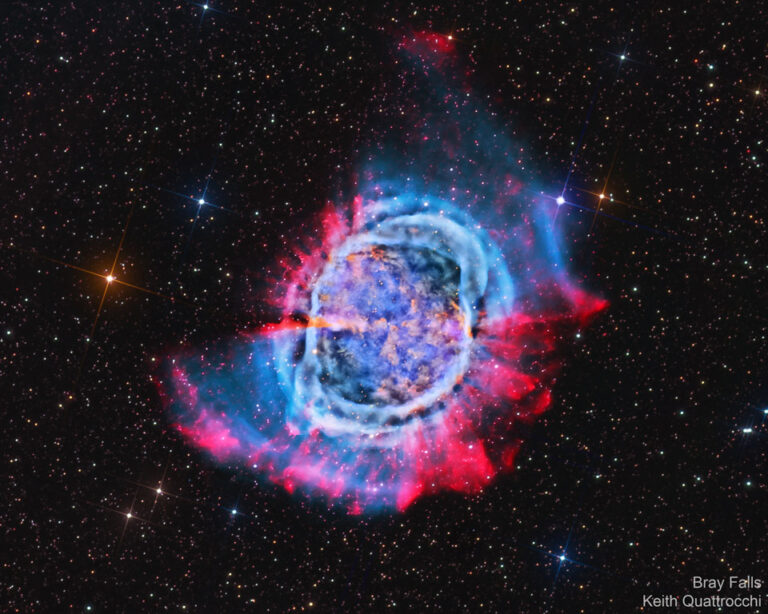行星状星云Jones-Emberson 1
2023年2月24日 Jones-Emberson 1 Image Credit & Copyright: Serge Brunier, Jean-François Bax, David Vernet, C2PU/OCA Explanation: Planetary nebula Jones-Emberson 1 is the death shroud of a dying Sun-like star. It lies some 1,600 light-years from Earth toward the sharp-eyed constellation Lynx. About 4 light-years across, the expanding remnant of the dying star’s atmosphere was shrugged off into interstellar space, as the star’s central supply of hydrogen and then helium for fusion was finally depleted after billions of years. Visible near the center of the planetary nebula is what remains of the stellar core, a blue-hot white dwarf star. Also known as PK 164 +31.1, the nebula is faint and very difficult to glimpse at a telescope’s eyepiece. But this deep broadband image combining 22 hours of…

